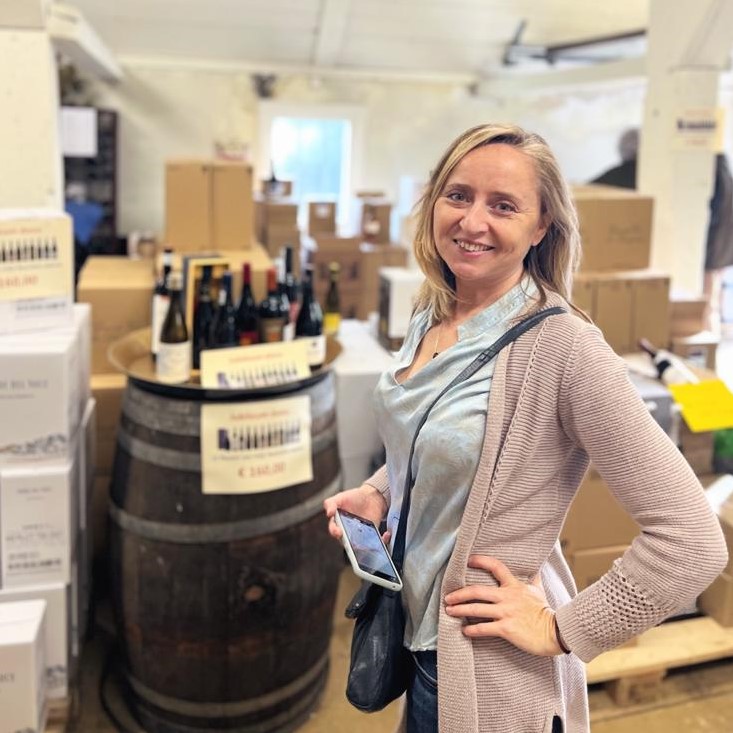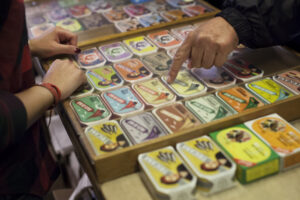Last Updated on November 26, 2025 by Emma Fajcz | Published: May 23, 2024
Rosé wine seems to be having a moment. After decades of being taken seriously by almost no one, the wine world has started to see the wealth of possibilities offered by pink wines – whether pale blush or deep salmon in hue. And consumers are catching on, too. Recent years have seen a proliferation of dry Provençale rosés like Whispering Angel, which have done away with the old-fashioned reputation of rosés being sweet and cheap. And the current trend for experimenting with longer maceration on grape skins means that rosé styles don’t stop there.
In Portugal, however, this rosé wine revolution has taken a little longer to shift. There’s still a perception among many people that all Portuguese rosé wine is sweet (or at least off-dry) while others are convinced it’s all sparkling. And while for several decades, Portuguese rosé wine meant only sweet, fizzy, reliable Mateus, this is simply no longer the case. Look to the reputable quintas, wine bars, and wine shops, and you’ll find some genuinely exciting trends in Portuguese rosé.
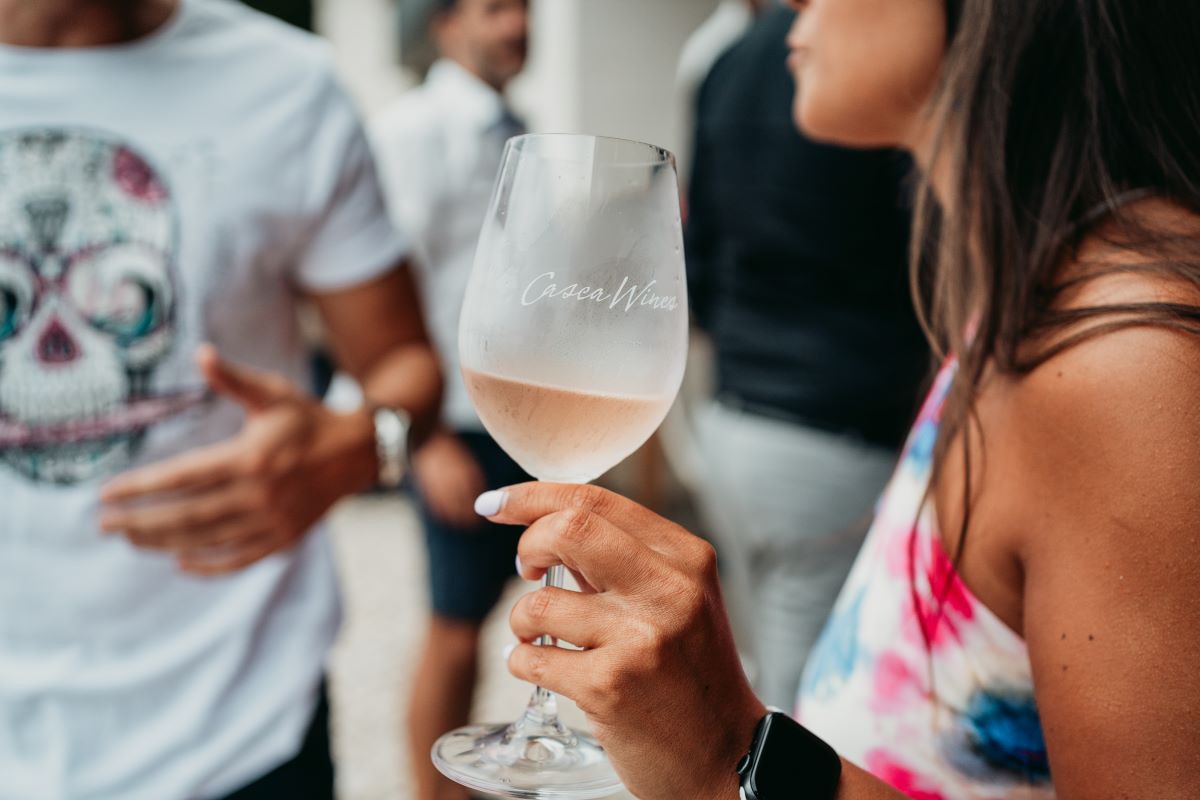
What's Included
Pink meets green: Vinho Verde
With a climate that’s comparatively cooler and wetter than the rest of Portugal, the Vinho Verde region is associated with high-acidity white grapes like Alvarinho and Loureiro, producing young, spritzy wines with relatively low levels of alcohol. But a number of the region’s winemakers are now producing some really interesting rosé variations on Vinho Verde made from black grapes like Espadeiro and Padeiro.
Conde Villar’s rosé Vinho Verde is a case in point, made from 50% Espadeiro and 50% Touriga Nacional. On the nose, it’s predominantly citrus and green melon. On the palate, it has the light effervescence you’d expect from a Vinho Verde but coupled with bright, juicy red fruits such as raspberries and strawberries. It would pair perfectly with a summer picnic.
The natural wine producers are getting in on the pink act as well. Peluda’s “Binto no Tranco” is made from Loureiro (white) and Padeiro (black) grapes, using some slightly complicated percentages. The result is a refreshing, medium-bodied rosé that’s dry, easy drinking and doesn’t suffer from the “cider effect” that afflicts so many natural wines.
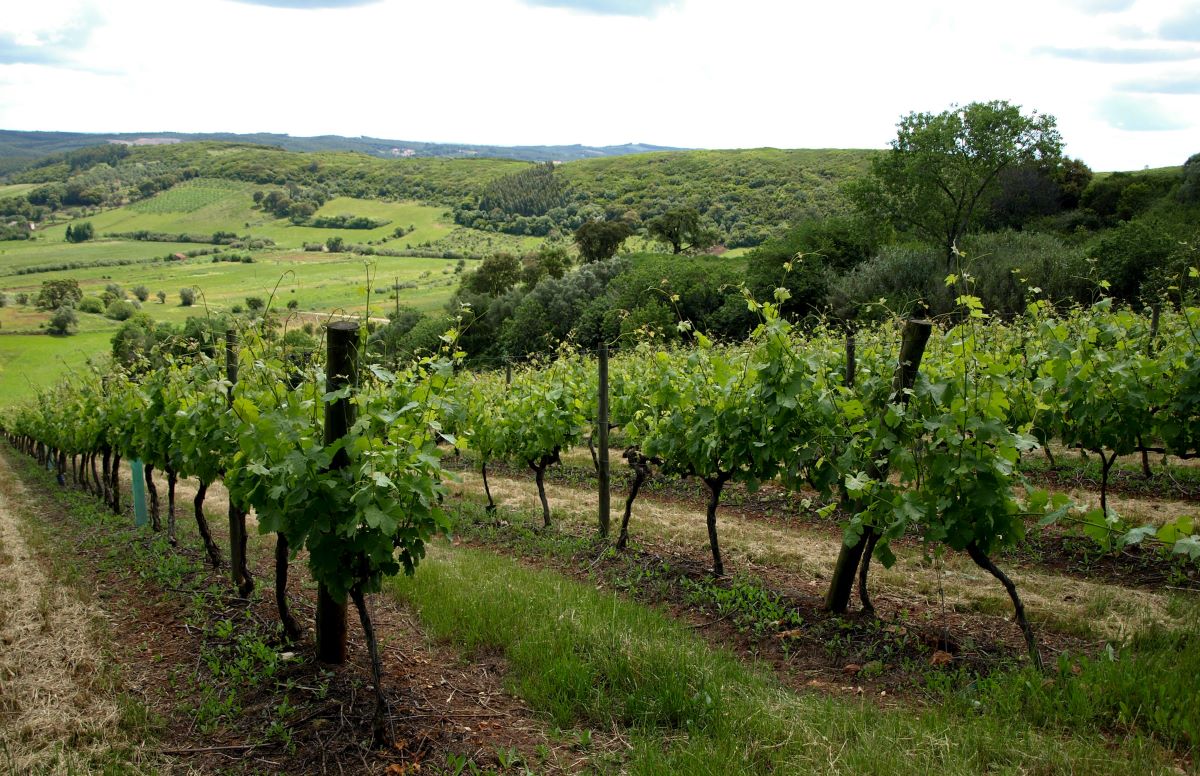
At first blush: Douro Valley
East of Porto and sheltered from much of the Atlantic influence, the Douro Valley was first known for its port wines, then for its full-bodied reds, but now it’s also making a name for its dry rosés. Many of them feature the same grapes you’d expect for their reds (Touriga Nacional, Tinta Roriz, and so on), but are made using only a quick direct pressing – which means the rosés are lighter in colour and body than you might anticipate.
In Pinhão, the heart of the Cima Corgo sub-region, the dry rosés are a world away from the rich, honied ports of the area. For example, this Gravuras do Côa is made from Touriga Nacional, Portugal’s signature black grape, and Tinta Roriz, the same grape as the better-known Spanish Tempranillo. While fashionably pale in colour, on both the nose and the palate, the wine is all strawberry cheesecake with a touch of rose petal. A blossomy blush.
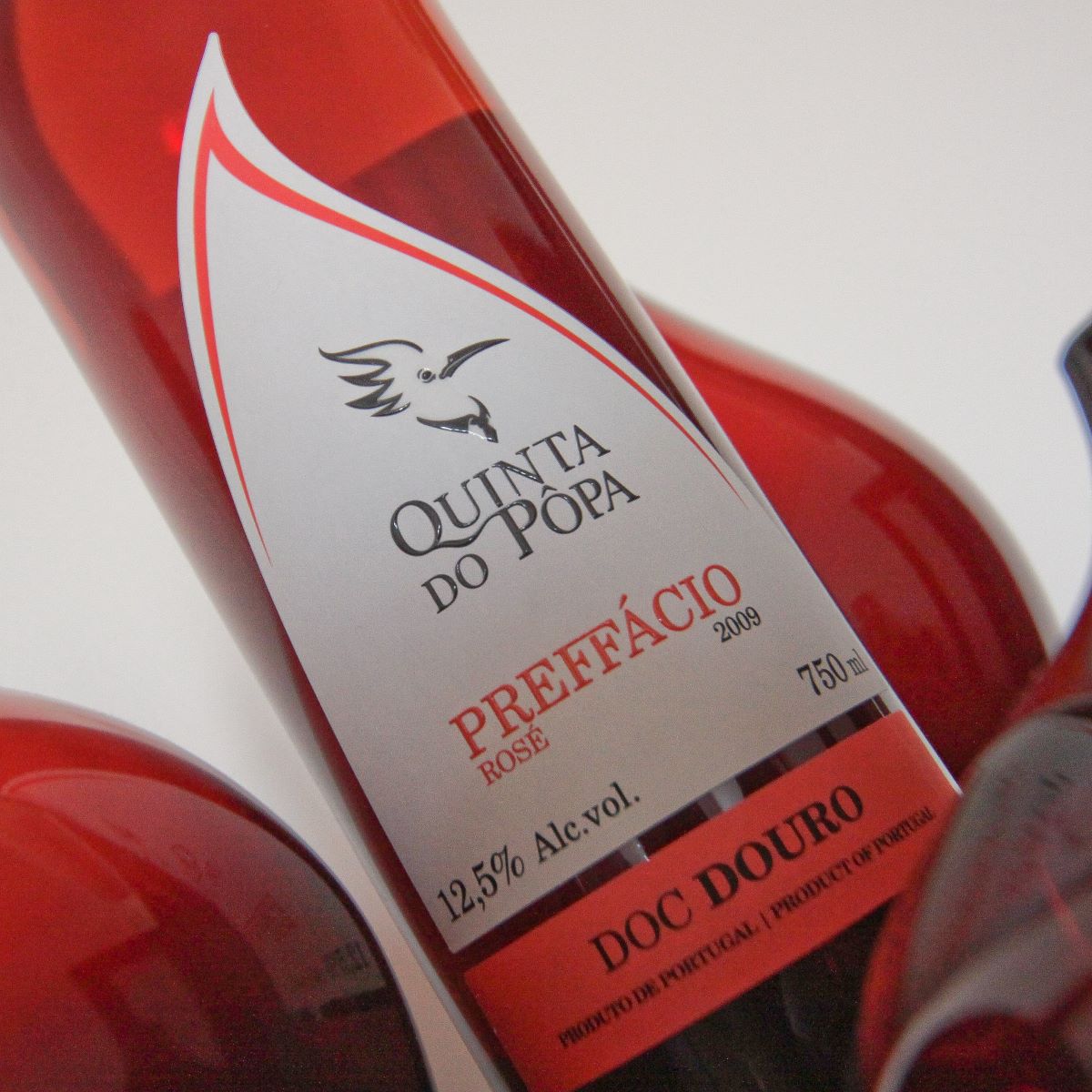
Regional rosés: Lisboa and Alentejano
The wine region centred around Lisbon has three of its own DOCs, but the majority of wine producers prefer to sell their wares under the Vinho Regional Lisboa label. And while the larger geographical area in no way indicates a reduction in quality, there are some fantastically affordable dry rosé blends coming out of this region.
One particularly impressive option is the 2022 Cabo da Roca rosé, made from a blend of Syrah, Aragones, and Castelão grapes, with its signature octopus label. Cabo da Roca’s lip-smacking pomegranate and red berry hit put it well above its price point, making this a seriously good value bottle.
It’s a similar story in Alentejo: home to the vast, sun-baked, inland plains of southern Portugal, where most wines are also sold as Vinho Regional Alentejano and represent equally good value for money. The Esporão estate offers reliable wines in many different categories – including its Monte Velho rosé that’s well balanced, full of sun-ripened red fruit and with a surprisingly long finish.
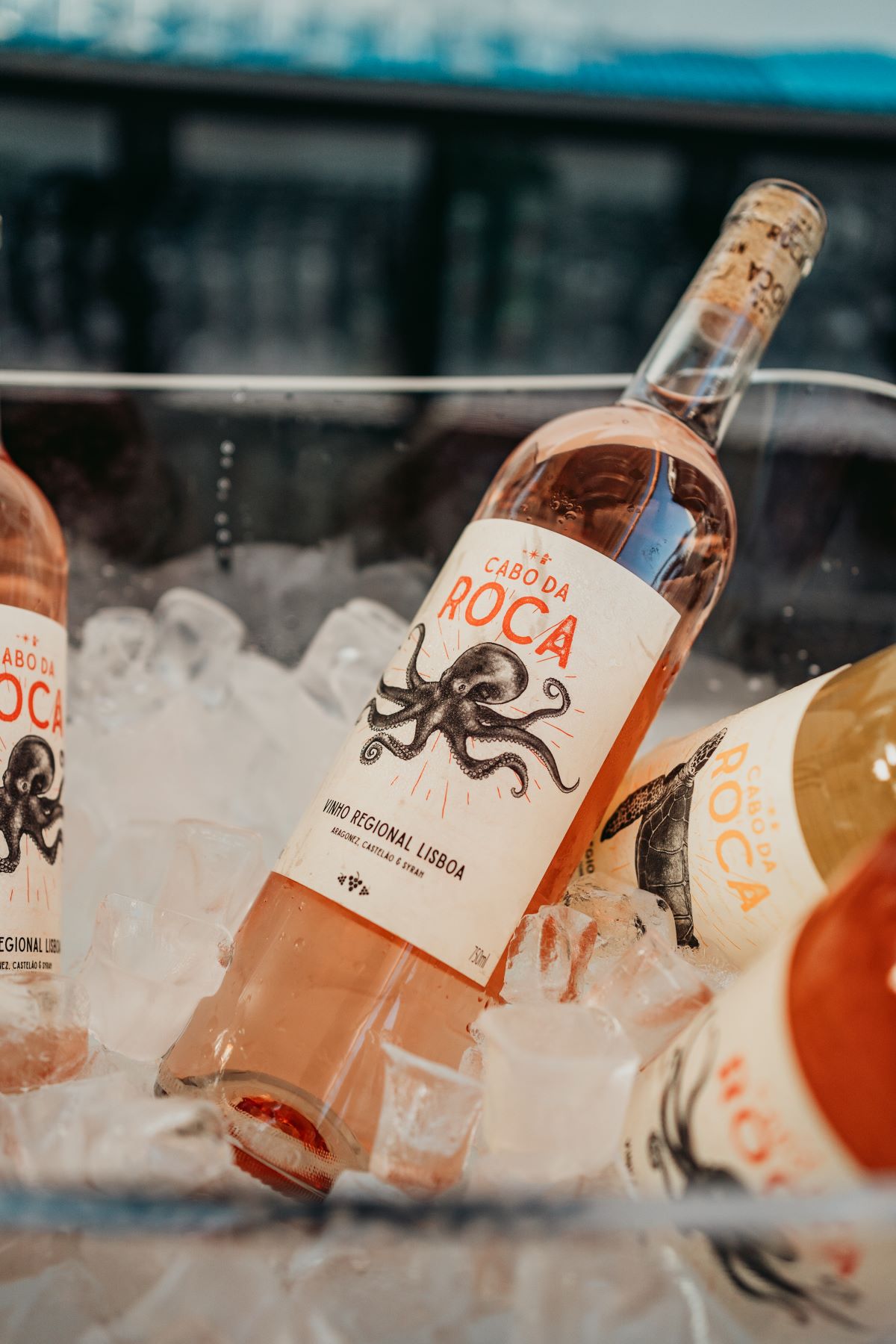
Pink with personality: Algarve
While the likes of Whispering Angel may have popularised rosé (and considerably upped both its reputation and its potential price point), such pale pinks are not to everyone’s taste. In fact, a recent Guardian article caught onto the backlash against barely blushing “swimming pool rosés” that increasingly appear both at dinner parties and on wine lists.
Talking to the manager of Algarve-based winery Paxá Wines during a visit this spring, she remarked on the recent trend for pale-coloured, light-bodied rosés that are barely coral in hue. In contrast, Paxá’s premium rosé is made entirely from Touriga Nacional, briefly macerated to give it a slightly darker colour and a little more skin contact. In the mouth, it’s a field of wild strawberries, but the wine also has a roundness and kiss of vanilla from spending six months aging in small, used French oak barriques. This is rosé with personality.
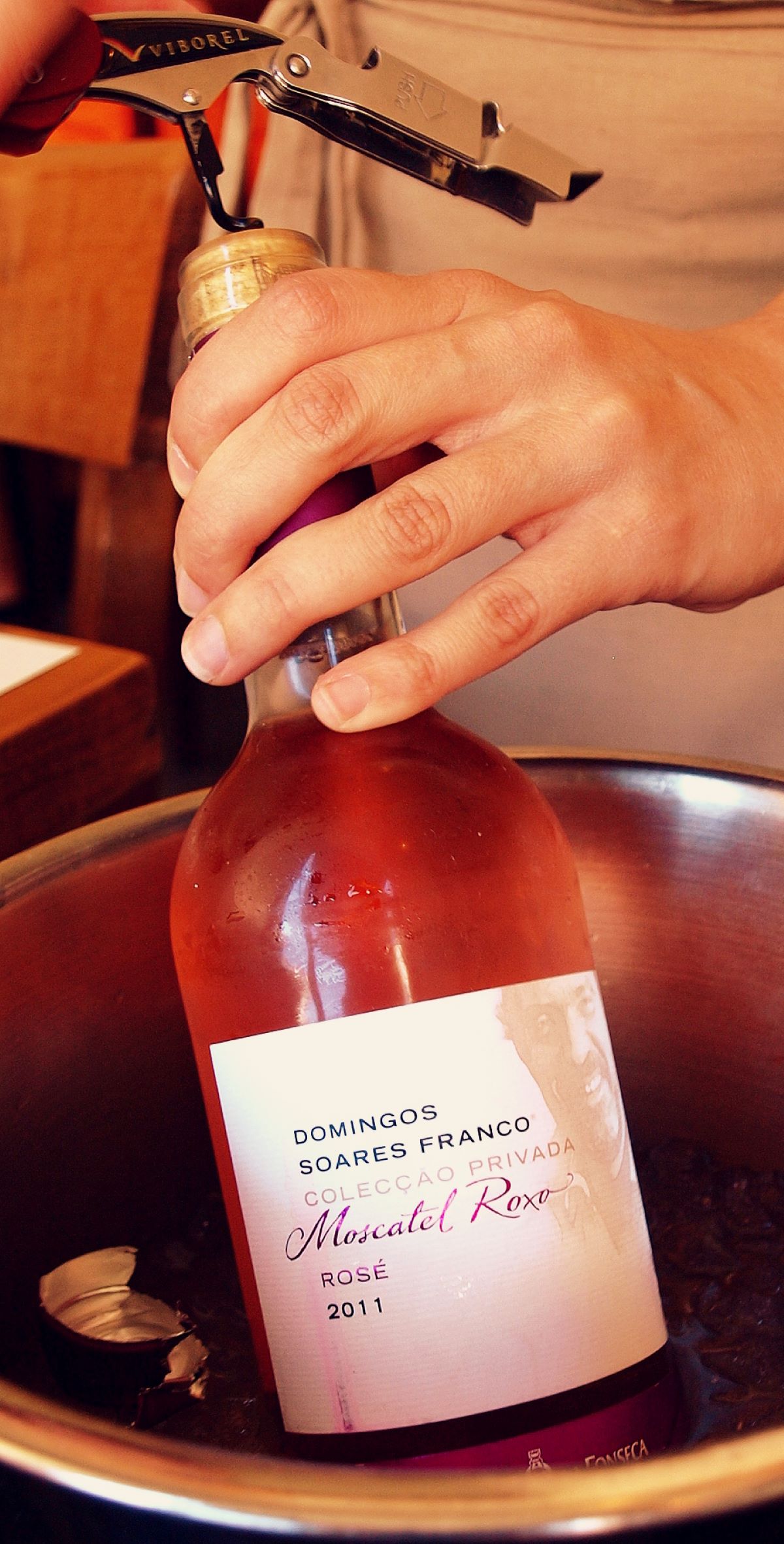
Blushing bubbles
Portugal’s pink bubbles don’t stop at the spritzy Vinho Verde mentioned above. There’s also proper, traditional method sparkling wine to be found. This Terras do Demo rosé brut from the Beiras region (made from 100% Touriga Nacional) has a fine, creamy mousse, lightly floral scent, and subtle toast flavours. The 2021 vintage is a little more refined than the 2022 vintage that’s predominantly on sale now. But for the price point (around €10 in Portuguese supermarkets and a little more online), this classic-method sparkling offers some real bang for your buck.
As you can see, there is definitely some high-quality Portuguese rosé wine that defies the pink wine’s past reputation as too sweet, too fruity, and too girly. If you’d like to dive into some more of Portugal’s finest wines, make sure to sign up for our Lisbon food and drink tours. From local old-world taverns to trendy bars, our guides will show you the best that Portugal’s culinary and beverage world has to offer.
